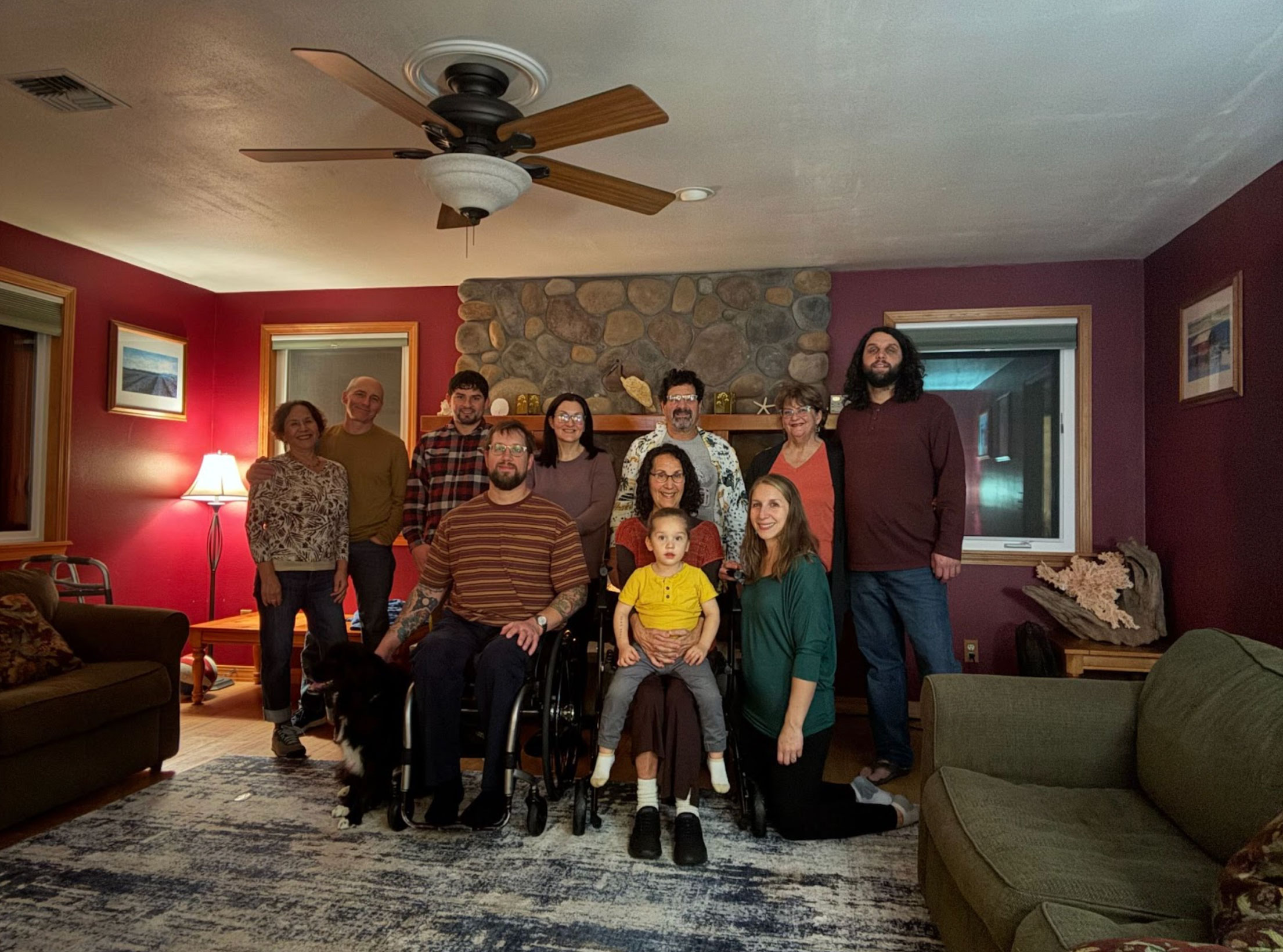In the remote coastal community of Seldovia, Alaska, Vivian Rojas is a retired teacher living with ALS. Her home is only accessible by boat or by plane, so getting access to medical care can be an arduous task. After being diagnosed in 2018, Vivian wondered if she would be able to access the medical care she’d need to manage the neurodegenerative disease. “Opportunities to get access to treatments and therapies for someone in a remote area like myself are harder to find,” she says.
Now, thanks to an Expanded Access Program funded by the ACT for ALS (A4A), Vivian is getting access to a promising therapy to treat her symptoms and slow the disease progression. This Expanded Access Program (EAP), which functions similarly to a clinical trial and is offered by CLENE Nanomedicine, is giving her more than just access to treatment—”it is giving me hope and purpose to find a cure, so that I have more time to share my story.”

“The opportunity to be a participant in the EAP gives me optimism that we can win this fight and find a cure, as long as we are given a chance,” Vivian says. After her diagnosis, Vivian began working with her neurologist to learn about more resources and trials available to her and others living with the disease. She learned about the CLENE program several years later through Synapticure, a company founded by I AM ALS co-founders Brian Wallach and Sandra Abrevaya. Synapticure offers virtual care and treatment to people living with neurodegenerative diseases including ALS, Parkinson’s, Alzheimer’s and more.
“I wish that when I was first diagnosed I had known about Synapticure,” she says. “It’s like one-stop shopping for ALS. Everyone is on the same page; you’re not being sent anywhere else. Everyone there is an incredible individual.”
Most people living with ALS aren’t eligible for clinical trials if they’ve experienced symptoms of ALS for two years or more. ALS is a tricky disease to diagnose—a confirmed ALS diagnosis requires ruling out numerous other disease types and is usually a months- or years-long process. Like most people, Vivian’s diagnosis took more than two years, disqualifying her from most clinical trials. ALS is 100% fatal and people typically live for only 2-5 years after diagnosis. There is no cure and few treatments to slow progression of this disease.
“Congress set aside money for these expanded access programs (or EAPs), thanks to the ACT for ALS,” Vivian says. “That was the only reason I got access to this EAP.”
ACT for ALS, which stands for Accelerating Access to Critical Therapies for ALS, was passed into law in late 2021, thanks to the patient and community-led advocacy work organized by I AM ALS.
When it was signed into law, ACT for ALS established the following:
- An Expanded Access grant program that not only funds research on promising investigational treatments, but also provides access to them to people living with ALS who are not eligible for clinical trials.
- A public-private partnership for rare neurodegenerative diseases jointly led by the Food and Drug Administration (FDA) and the National Institutes of Health (NIH). This is the first federal effort explicitly charged with speeding the development and approval of therapies for ALS and other rare neurodegenerative diseases.
- A rare disease grant program at the FDA that will fund research on and development of interventions to prevent, diagnose, treat or cure ALS and other rare neurodegenerative diseases.
Vivian continues to live on her own for now, though she knows that is not always going to be possible. She also passes the long, dark winter months in Washington state, living with her daughter and family, where she spends time with her 3-year-old grandchild and other family members who live close by. Vivian considers herself fortunate.
“I’m thankful that my disease has been slowly progressing,” she says, admitting that caregiving has still been tough on her family. “I’m also thankful I have the finances to afford to hire in-home care—I have someone coming in twice a week to help me, to lessen the burden on my family and friends.”
Most importantly, she says, she’s grateful that her participation in the EAP is providing data to researchers who are studying ALS and other neurodegenerative diseases. “I hope that the data I’m providing can help find a cure one day. This feels like a way to help change the course of ALS now or in the future—ACT for ALS is worth funding for that reason.”
“As long as we have these EAPs, we’re doing something that can make a difference for people living with ALS now or maybe for the next generation,” Vivian says. “These programs are giving hope to people who don’t have much hope otherwise.”
Funding for the ACT for ALS is up for reauthorization by Congress in 2025. Learn more about the recent developments and news here.
